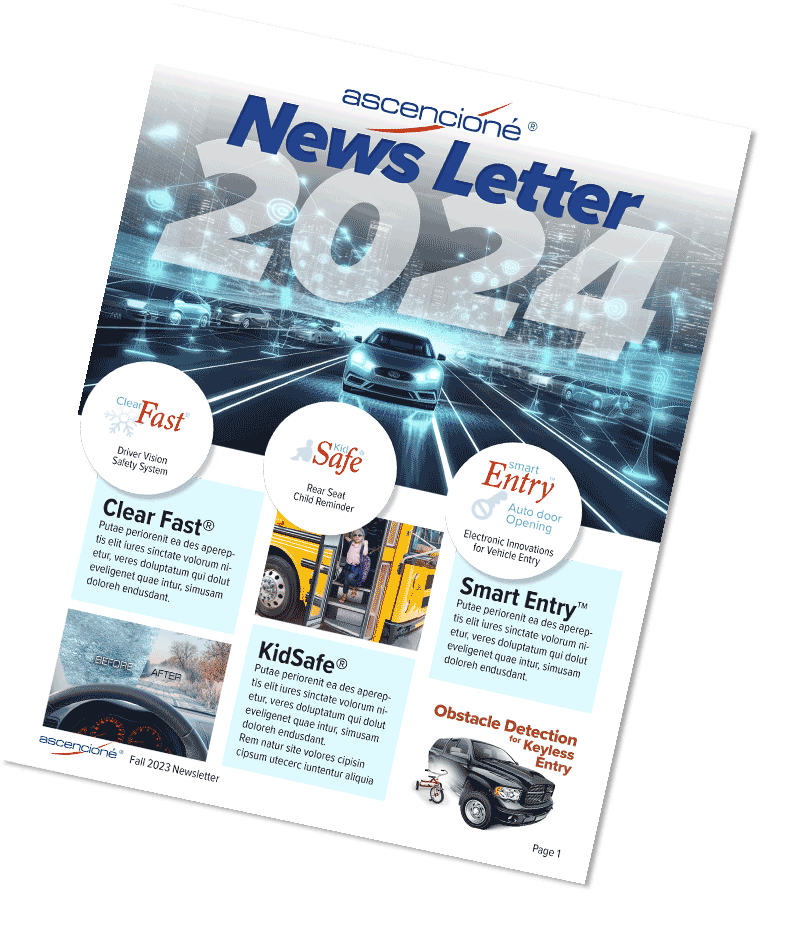“Compute” of Sense, Compute, and Control®
Unleashing the Power of Control Systems in Automotive Technology
In automotive technology, computing systems are essential for interpreting sensor data, making decisions, and controlling various vehicle functions. This section delves into the various aspects of computing in automotive systems, including embedded systems, logic and intelligence, and user interfaces.
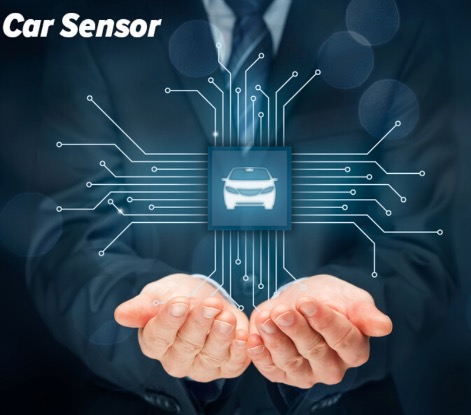
Table of Contents
Sense:
- Sense because our sensors measure: Linear and rotary position, Distance / location, Velocity, Fluid level / flow, Pressure, Temperature, Light, Acceleration, Force, Touch, and Proximity.
Compute:
- Compute because our processors think: Embedded systems, Logic & intelligence, Electronic hardware, Filtering, Signal processing, Signal analysis, PID control, Software algorithms, Operating systems, Data communications, User interface /UX.
and Control®:
Control because our controllers empower: Mechatronic systems, Motor control, Actuators, Kinematics, Open / closed loop, Electric / fluid power, Lighting, Displays, Haptics, and Rheologial fluid torque
In this article we will focus on the compute portion of Sense, Compute, & Control®. Overview of Various Sensor Types and Their Importance.
Embedded Systems
Definition and Importance:
Embedded systems are specialized computing units designed to perform dedicated functions within a larger system. In automotive applications, these systems are embedded within control units to handle specific tasks such as engine management, safety features, and infotainment.
Applications:
Engine Control Units (ECUs): Manage engine performance by controlling fuel injection, ignition timing, and other parameters.
Transmission Control Units (TCUs): Oversee gear shifting and transmission performance.
Advanced Driver Assistance Systems (ADAS): Provide features such as adaptive cruise control, lane-keeping assist, and collision avoidance.
Advantages:
Real-time Performance: Embedded systems process data in real-time, ensuring timely responses to dynamic driving conditions.
Reliability: Designed for high reliability and durability, crucial for automotive safety and performance.
Our products that include Embedded Systems: SPS J1939 ECU, Ford B-Pillar KETS, KidSafe Bus Door, SPI, GM Motorized Vents, Door obstacle detection system, Clearfast®, Introduction fluid heating system, Chrysler Center stack electronic touch screen

Logic & Intelligence
Definition and Importance:
Logic and intelligence refer to the algorithms and decision-making processes that govern how a vehicle’s systems respond to various inputs. This includes decision-making algorithms that interpret sensor data and make real-time adjustments to vehicle operations.
Applications:
Adaptive Cruise Control (ACC): Uses logic to adjust vehicle speed based on the distance to the car ahead.
Electronic Stability Control (ESC): Processes data from various sensors to maintain vehicle stability during challenging driving conditions.
Advantages:
Improved Performance: Enhances vehicle performance by optimizing responses based on real-time data.
Enhanced Safety: Intelligent algorithms help prevent accidents and improve overall driving safety.
Our products that include Logic & Intelligence: GM motorized vents
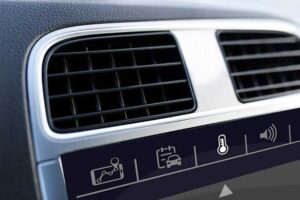
Electronic Hardware
Definition and Importance:
Electronic hardware encompasses the physical components used in automotive computing systems, including microprocessors, memory units, and integrated circuits. This hardware forms the backbone of automotive computing.
Applications:
Microcontrollers: Execute control algorithms and interface with sensors and actuators.
Integrated Circuits (ICs): Perform specific functions like signal processing and communication.
Advantages:
Efficiency: Efficiently handles computational tasks, contributing to overall system performance.
Integration: Allows for compact and integrated solutions within vehicle systems.
Our products that include Electronic Hardware: Obstacle detection system, FPCM (fuel pump control module) Chrysler PWM (pulse width module), MVLS Military Vehicle Light Switch, Military Smart Start System S3 Control Remote switching

Filtering and Signal Processing
Definition and Importance:
Filtering and signal processing involve techniques to refine and interpret raw data from sensors. This process ensures that the data used for decision-making is accurate and relevant.
Applications:
Noise Reduction: Filters out noise from sensor signals to improve accuracy.
Data Fusion: Combines data from multiple sensors to provide a comprehensive view of vehicle conditions.
Advantages:
Accuracy: Improves the precision of data used in control systems.
Reliability: Ensures that decisions are based on clean and accurate data.
Our products that include Filtering and Signal Processing:
Obstacle detection system, Ford B-Pillar KETS, SPS J1939 EVU, kidSafe® bus door, MVLS Military Vehicle Light Switch, Military Smart Start System S3 Control Remote switching
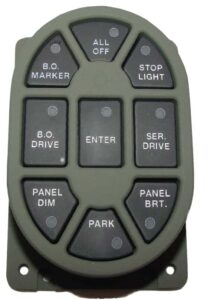
Signal Analysis
Definition and Importance:
Signal analysis involves examining and interpreting sensor signals to extract useful information. This process is critical for understanding and responding to vehicle conditions.
Applications:
Pattern Recognition: Identifies patterns in sensor data for predictive maintenance and anomaly detection.
Data Interpretation: Helps in understanding complex data from multiple sensors for informed decision-making.
Advantages:
Insightful Analysis: Provides valuable insights into vehicle performance and conditions.
Predictive Maintenance: Enables early detection of potential issues before they become critical.
Our products that include Signal Analysis: SPS J1939 ECU, KidSafe Bus Door, SPI, Door obstacle detection system, Chrysler Center stack electronic touch screen

PID Control
Definition and Importance:
Proportional-Integral-Derivative (PID) control is a feedback mechanism used to maintain desired system performance. It adjusts control variables based on proportional, integral, and derivative actions.
Applications:
Cruise Control: Maintains a constant speed by adjusting throttle based on current speed and set speed.
Climate Control: Regulates temperature by adjusting heating and cooling systems based on current and desired temperatures.
Advantages:
Precision: Ensures accurate control of various systems.
Stability: Provides stable and responsive system performance.
Our products that include PID Control: Clearfast® Induction fluid heating system
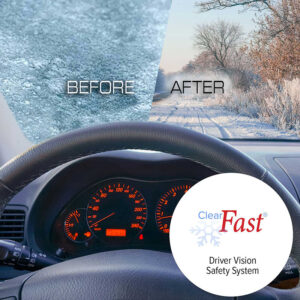
Software Algorithms
Definition and Importance:
Software algorithms are sets of instructions that drive the behavior of automotive computing systems. These algorithms perform tasks such as data processing, decision-making, and system control.
Applications:
Navigation Systems: Algorithms process GPS data to provide routing and navigation.
ADAS: Algorithms analyze sensor data to support features like lane-keeping and collision avoidance.
Advantages:
Flexibility: Allows for the implementation of complex functionalities.
Adaptability: Can be updated and improved through software updates.
Our products that include Software Algorithms: SPS J1939 ECU, Ford B-Pillar KETS, KidSafe Bus Door, SPI, GM Motorized Vents, Door obstacle detection system, Clearfast®, Introduction fluid heating system, Chrysler Center stack electronic touch screen
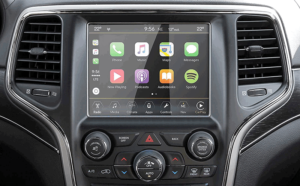
Operating Systems
Definition and Importance:
Operating systems (OS) provide the foundation for running applications and managing hardware resources. In automotive systems, OS manage real-time operations and ensure system stability.
Applications:
Real-Time Operating Systems (RTOS): Ensure timely execution of critical tasks.
Embedded OS: Support specific automotive applications and functionalities.
Advantages:
Efficiency: Manages resources effectively to ensure smooth operation.
Scalability: Supports various applications and systems within the vehicle.
Our products that include Operating Systems:
Data Communications
Definition and Importance:
Data communications involve the exchange of information between different components and systems within a vehicle. Effective communication ensures that data is shared accurately and promptly.
Applications:
In-Vehicle Networks: Facilitate communication between ECUs and sensors.
Vehicle-to-Everything (V2X) Communication: Enables communication with external systems, such as traffic lights and other vehicles.
Advantages:
Integration: Ensures seamless operation of interconnected systems.
Real-Time Data Sharing: Facilitates timely updates and responses.
Our products that include Data Communications: SPS J1939 ECU, KidSafe Bus Door, SPI, GM Motorized Vents, Door obstacle detection system, Chrysler Center stack electronic touch screen
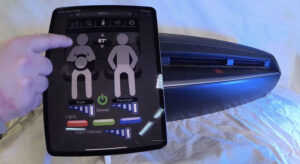
User Interface / UX
Definition and Importance:
User Interface (UI) and User Experience (UX) design focus on how drivers and passengers interact with automotive systems. A well-designed UI/UX enhances usability and overall satisfaction.
Applications:
Infotainment Systems: Provide intuitive controls for media, navigation, and communication.
Climate Control Panels: Allow users to adjust settings easily and efficiently.
Advantages:
User-Friendly: Improves the ease of use and interaction with vehicle systems.
Enhanced Experience: Contributes to a more enjoyable and efficient driving experience.
Our products that include User Interface / UX: GM motorized air vents, Chrysler center stack electronic touch screen

Computing of Sense, Compute & Control® wrap up
The computing systems within modern vehicles are pivotal in enhancing performance, safety, and user experience. By integrating advanced embedded systems, intelligent algorithms, and robust hardware, automotive technology continues to evolve, offering greater precision and functionality in driving systems. As automotive technology advances, the role of computing will become increasingly critical in delivering cutting-edge features and optimizing vehicle operations.


